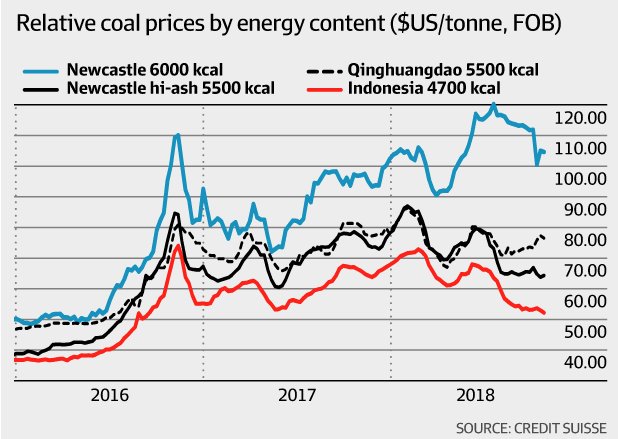The type of generation and its geographic distribution, transmission, the rise of rooftop solar, the evolution of demand, the ability to shift the time-of-day of loads.
And storage will be added where it's needed, designed for the roles it's needed in. This is economically efficient.
But batteries do it better, for longer.
Traditionally, these have been handled by rotating devices or switched banks of capacitors, but the inverters that convert DC to AC do it better.
But I suspect you're thinking of it as transportation fuel rather than storage? I would prefer to consider that as a new dispatchable load, since it doesn't return to the grid. The same for charging electric cars.
But hydrogen grid storage might lower that barrier as a side-effect.













